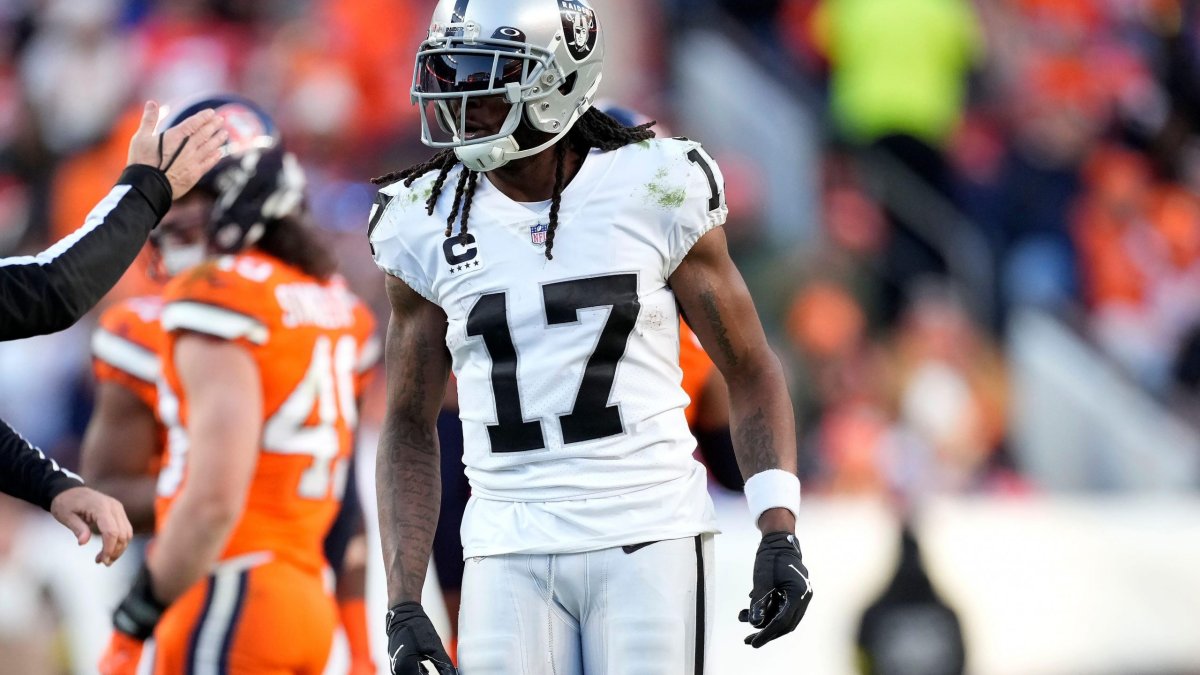- The WR-heavy approach might be the best bet in 2023: With question marks surrounding a lot of the running backs in the early rounds, a WR-heavy approach might be safer this season.
- Rounds 1-3 offer excellent options at WR: With about 15 wide receivers in the first three rounds to choose from, there are some excellent choices to stack the position early.
- Looking at how the rest of the draft can play out: Going through each draft pick position (early, middle, late) to get an idea of what the WR-heavy approach might provide for options at other positions later in the draft.
Estimated reading time: 11 minutes
Last week, I covered the RB-RB-RB draft strategy and felt slightly less optimistic about that working out from certain draft positions, even given the high ceilings that running backs provide for fantasy. Today’s strategy will focus on a wide receiver-heavy approach through the first three rounds and give us a better idea of who will be available in each round from each draft position, as well as the other position options available in the later rounds.
While having a set strategy heading into a draft can help a player feel prepared, it’s important to be ready to pivot from the original game plan if things don’t go as planned, or if there’s significant value that falls to you.
WR scoring
Starting off by looking at the historical finishes across all skill position players over the past 10 years and focusing specifically on PPR leagues, running backs have dominated the top three, but that gap closes quickly after that range due to many more wide receivers filling out the top fantasy scorers the rest of the way. This allows those of us casting a wide net at the position to find more hits than busts and potentially makes this WR-WR-WR strategy the safer bet of the two.
For non-PPR leagues, you’ll notice the running back position becomes much more valuable than in full-PPR scoring, even filling out the majority of the top-50 scorers at the position when no points per reception are rewarded. While this article will focus on PPR leagues, it’s an important reminder to be aware of your scoring settings and know that this strategy might not be as optimal with different settings.
PPR SCORING TOP FINISHERS BY POSITION SINCE 2013
| TOP: | 3 | 5 | 10 | 25 | 50 | 75 | 100 | 150 |
| RB | 73% | 56% | 42% | 37% | 35% | 35% | 35% | 34% |
| WR | 27% | 44% | 53% | 56% | 56% | 54% | 51% | 51% |
| TE | 0% | 0% | 5% | 7% | 9% | 11% | 13% | 15% |
0.5 PPR SCORING TOP FINISHERS BY POSITION SINCE 2013
| TOP: | 3 | 5 | 10 | 25 | 50 | 75 | 100 | 150 |
| RB | 83% | 70% | 53% | 45% | 42% | 39% | 37% | 34% |
| WR | 17% | 30% | 43% | 48% | 50% | 52% | 51% | 51% |
| TE | 0% | 0% | 4% | 6% | 8% | 10% | 12% | 15% |
NON-PPR SCORING TOP FINISHERS BY POSITION SINCE 2013
| TOP: | 3 | 5 | 10 | 25 | 50 | 75 | 100 | 150 |
| RB | 93% | 84% | 66% | 57% | 48% | 44% | 40% | 34% |
| WR | 7% | 16% | 31% | 40% | 46% | 48% | 50% | 50% |
| TE | 0% | 0% | 2% | 4% | 6% | 9% | 11% | 16% |
WR archetypes to target
Looking at each of the top-five PPR WR finishers over the last five seasons, the chart below highlights the key metrics that they hit in order to identify the criteria needed for each of the receivers going in Rounds 2 and 3 to hit big.



 © 2025 PFF - all rights reserved.
© 2025 PFF - all rights reserved.